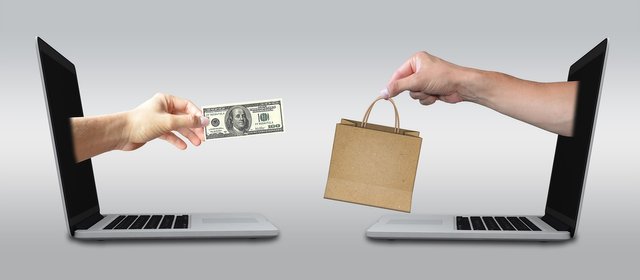Selling in China

Richard Branson, founder and owner of the Virgin business group is a businessman who is not only successful, but also very famous. No wonder wherever he goes, there are always those who ask for photos with him. One time, while relaxing in his vacation in the Caribbean islands, an elderly couple looked hastily approaching Richard Branson with a camera. Richard thought, well ... asked for a photo together again. This is Richard's assumption, knowing that he is a well-known public figure. After close, Richard was preparing to put up a pose while smiling broadly and smoothing his long hair. But apparently, the husband instead stuck his camera towards Richard saying, "bro, can you please photograph us both?"
Hehehe ... Apparently the couple did not know Richard Branson either. Richard Branson's assumption was wrong. And so indeed the assumption is more often wrong. And if in the business an assumption error will bring difficulties. Not surprisingly, in English the word "assume" is often punctuated as an abbreviation of, sorry, "making ass for u & me".
While most beginner businessmen very often rely on assumptions. Naturally, because the new business starts, so all new thinking is an assumption. But there are such naive assumptions that it finally opens the way to bankruptcy. I call this phenomenon the "selling in China" syndrome that Guy Kawasaki has described in the Art of the Start book. In short, because in China the population is so large, as if selling anything is a big profit. So many American companies start businesses there with the assumption model as below:
China has a population of 1.3 billion, just 1% need internet access, and we can only get 10% of the 1%, where each customer is willing to pay $ 240 / year, then annual income is = 1.3 billion x 1% x 10% x $ 240 = $ 312 million! Terrible isn't it. Well if so we are internet-game business in China only. If this is so easy what is not so billionaire all internet entrepreneurs in China. Well this is where Guy Kawasaki reminds us. What an assumption that was very very trapping. Because in fact, precisely the problem is how to get 10% of the 1% of China's population.
In my past business adventure, I also experienced myself naively assumed. Together with some of our friends, we intend to become joint distributors of a local PC that has just been launched. Just like the "selling in China" syndrome, the calculations on the paper are so beautiful. Of the approximately 1 million PC sales units in Indonesia per year, we are only targeting 1%. One percent of the time can't work, so at that time our team concluded enthusiastically. So with a price of around Rp.5 million per unit, the turnover will reach Rp. 50 M, with a profit margin of 3% alone is a profit of 1.5 M per year. It's delicious, the count is em. In fact, we had already dreamed of setting aside profit to buy the cars of its executives, including me of course. The realization? Almost impossible. There are so many things to be done before the one percent can be held, from cash flow to distribution. So green is still our journey to reach the 1% assumption, so we can not finish. The right phrase is a big appetite for lack of energy. The adventure of my business which is this number is stuck on the road. Even sad, this had made the partners not familiar anymore.
Then should not we assume? Of course it is permissible, but make assumptions according to our business capacity. The best way is to do a bottom-up assumption, not a top-down model like the one above. In this case the model offered by Brad Sugar is far more reasonable and will prevent us from the "selling in China" syndrome. Start by calculating your current ability to bring in potential customers, then how much is the conversion ability of leads to customers, how many transactions per customer, how much they spend on average, and how much profit margin. A reasonable increase can be made by leveraging each of these aspects. For example, if all this time with one salesperson you can only bring 100 leads per month, then with 2 salespersons you can assume there will be 200 leads per month. This calculation is far more grounded than sweet calculations like the assumption that he was "selling in China".
In short, to do business is a big dream. But to get realistic results, use realistic calculation methods. It is best to use facts, not just guesses, assumptions or guessing